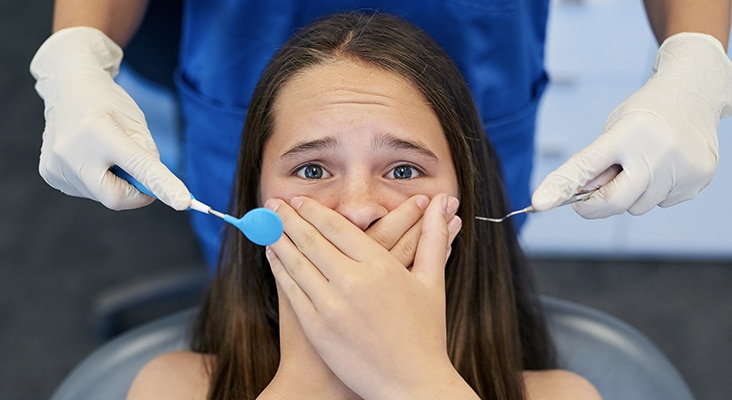Using Dog Therapy to Quell Anxiety
With animal-assisted interventions proving to reduce distress for anxious patients, dental professionals must follow the proper guidelines to successfully introduce them into a dental practice.
Dog-assisted therapy (DAT) is an effective practice primarily in aging populations, pediatric care, and pain reduction.
 apixel / E+
apixel / E+
If a patient perceives a threat in the dental operatory, which causes an emotional and/or physical response, it is unlikely he or she has dental anxiety.
 IL21 / iStock / Getty Images Plus
IL21 / iStock / Getty Images Plus
In the United States, researchers estimate up to what percentage of people experience some form of dental anxiety?
 PeopleImages / E+
PeopleImages / E+
Reductions in pain related to decreased catecholamines and increased endorphins in patients with animal-assisted interventions have been demonstrated in health-care settings.
 LM Photo / DigitalVision
LM Photo / DigitalVision
Dental professionals thinking about implementing animal-assisted interventions need not consider patients’ fear of dogs.
 Sutin Lodthong / iStock / Getty Images Plus
Sutin Lodthong / iStock / Getty Images Plus
Animal-assisted interventions should be restricted to suitable animal species, such as dogs.
 gilaxia / iStock / Getty Images Plus
gilaxia / iStock / Getty Images Plus
Keeping the office disinfected and equipment sterile can also be a concern for a dental practice.
 Alexey Shatrov / iStock / Getty Images Plus
Alexey Shatrov / iStock / Getty Images Plus
Share your Results:

